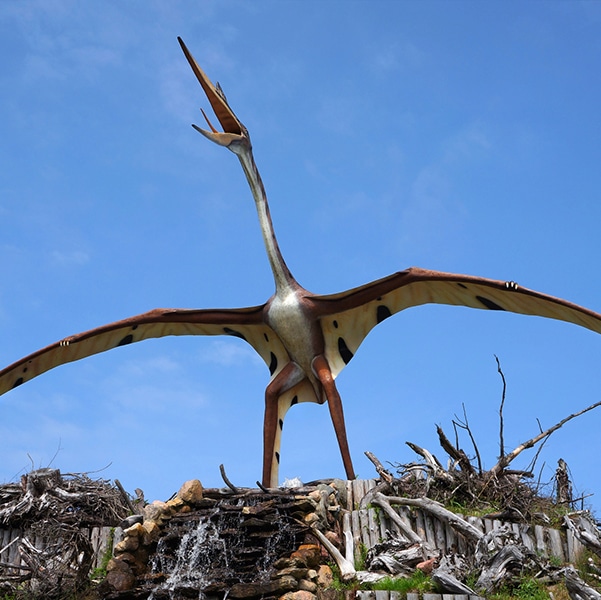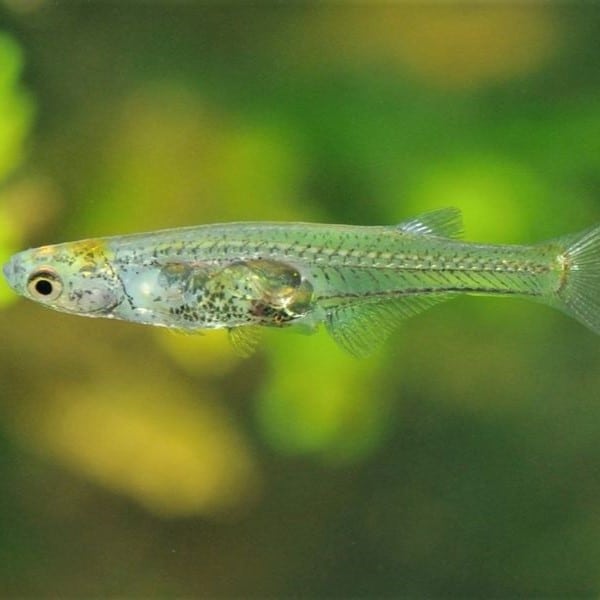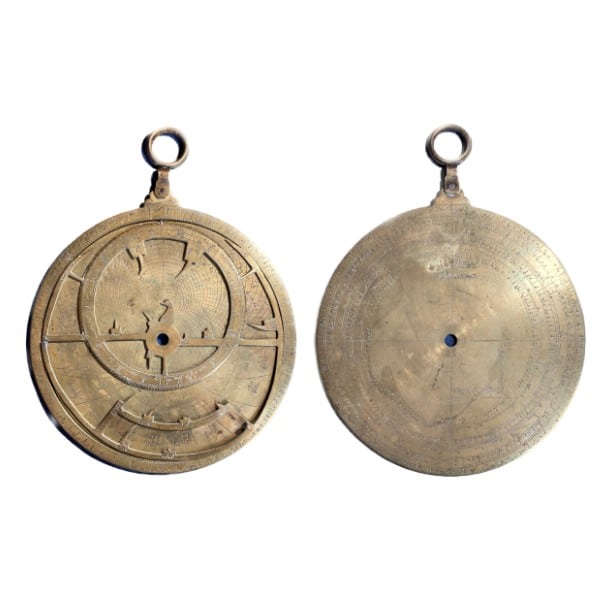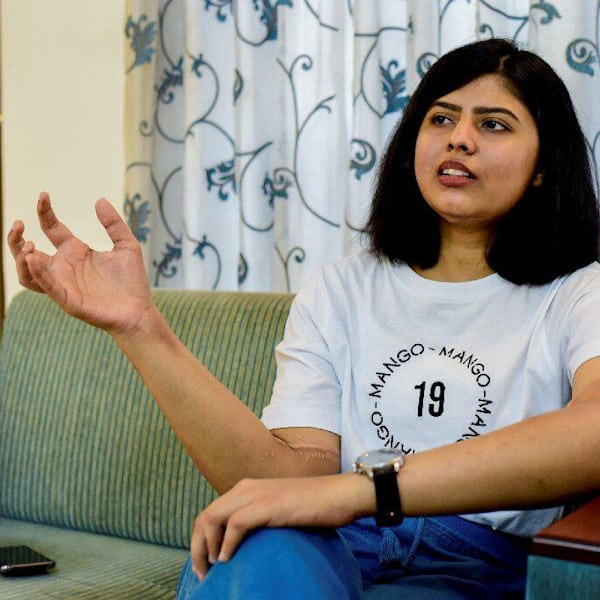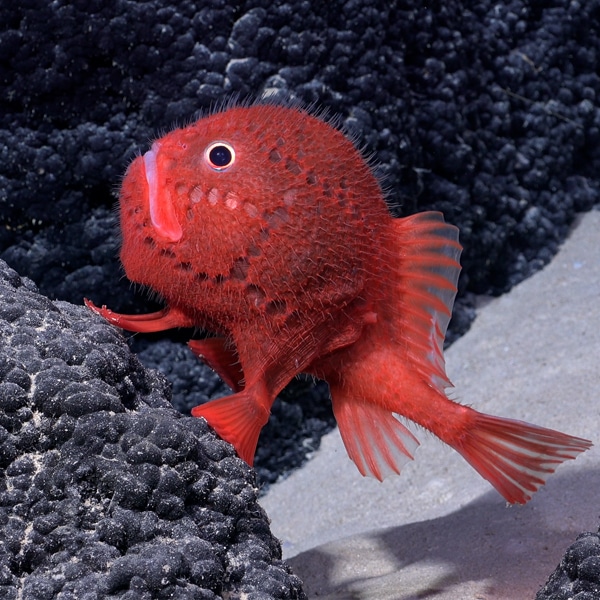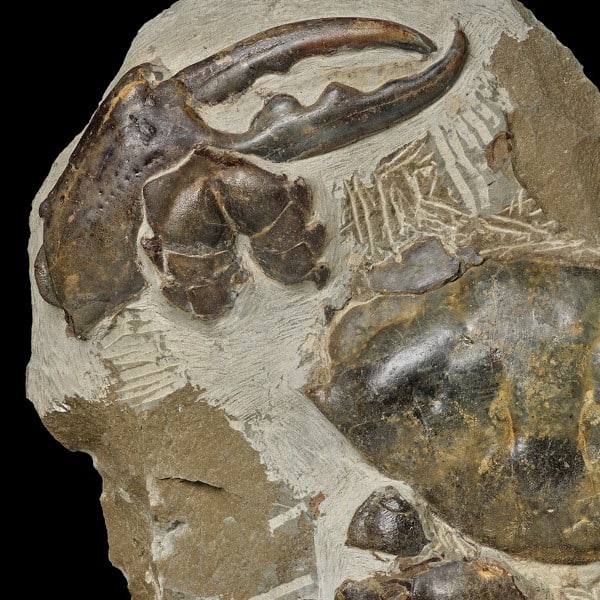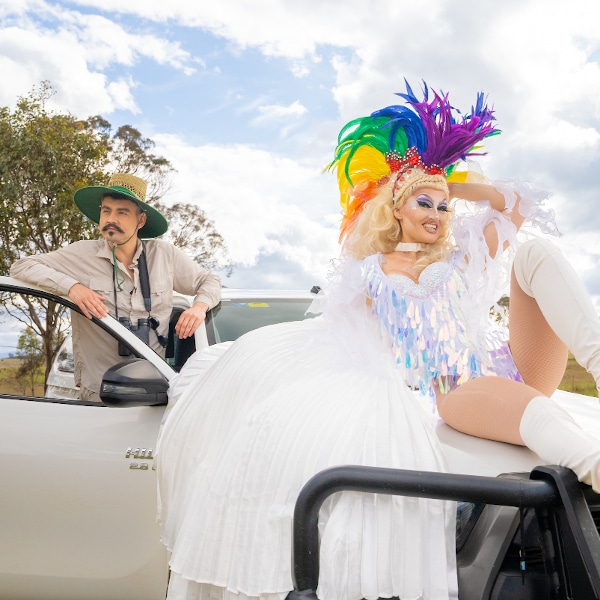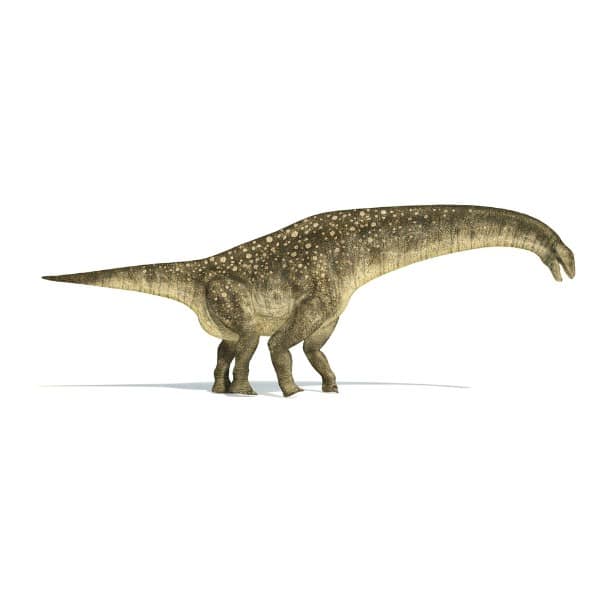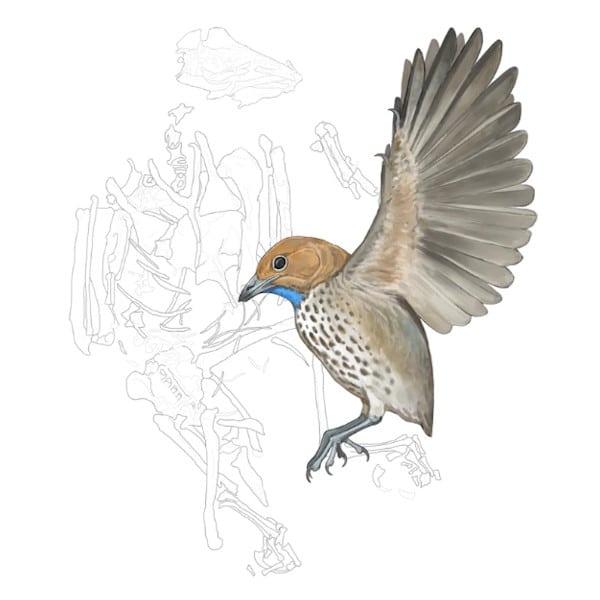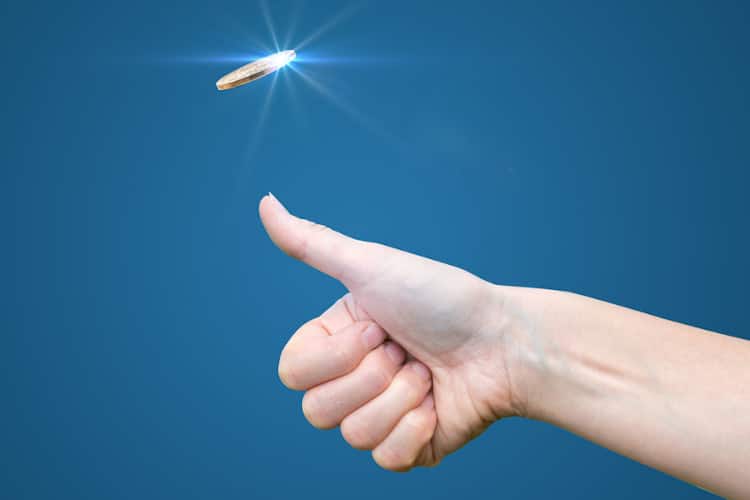
Photo: NataliMis/Depositphotos
Coin tossing is generally regarded as a fair and practical way to make a decision between two parties or options. After all, it gives everyone a 50/50 chance to win, right? Well, scientists have determined that the numbers are not so evenly split. Moreover, the balance tends to skew toward one side–giving one of the participants a slight advantage.
Looking at it with statistical eyes, a coin toss begins with the two sides of a coin before a random element is introduced. That is, flipping the coin and catching it—after all, one does not have control about how many times it will spin before falling. But as a team led by American mathematician Persi Diaconis has found, for all the randomness of the flipping, coin tossers may introduce a little wobble. This in turn gives the original side that was facing up more chance of coming out victorious—but just by a little bit.
In a study currently in preprint, a group of scientists set out to test Diaconis' findings and prove that coins land on the same side they were tossed from around 51 percent of the time. “According to the [Diaconis] model, precession causes the coin to spend more time in the air with the initial side facing up,” they write. “Consequently, the coin has a higher chance of landing on the same side as it started (i.e., ‘same-side bias’).”
The team performing the latter study collected 350,757 coin flips, carried out by 48 people using 46 different currencies. In the end, there turned out to be a 50.8 percent chance of the coin showing up the same side it was tossed from. However, some of the tossers had a strong same-side bias while others didn't having any at all, showing that many tosses may come down to whoever is flipping the coin.
While it doesn't seem like a huge margin, over time it could lead to an advantage. “The magnitude of the observed bias can be illustrated using a betting scenario,” the team suggests. “If you bet a dollar on the outcome of a coin toss (i.e., paying 1 dollar to enter, and winning either 0 or 2 dollars depending on the outcome) and repeat the bet 1,000 times, knowing the starting position of the coin toss would earn you 19 dollars on average.”
However, if the coin toss is only used to determine say, what team gets to pick or play first, the researchers have a suggestion to make it fair for everyone: “These considerations lead us to suggest that when coin flips are used for high-stakes decision-making, the starting position of the coin is best concealed.”
Coin tossing is generally regarded as a practical and fair way to make a decision between two parties or options. However, scientists have determined that the numbers are not so evenly split.
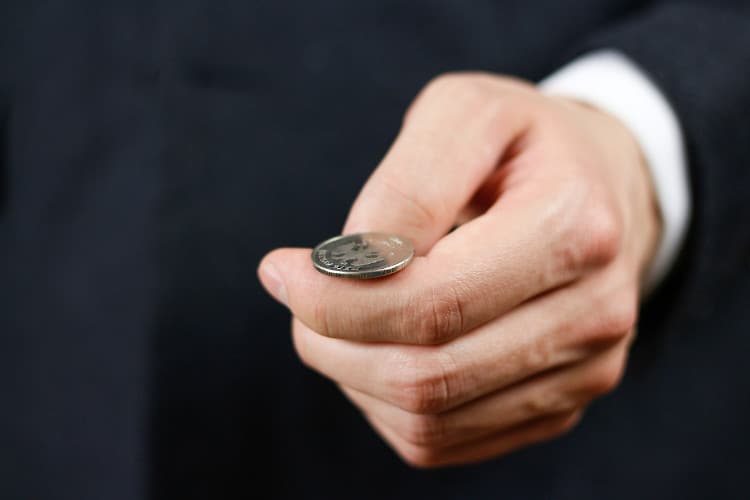
Photo: onlyblacktv.bk.ru/Depositphotos
A team of researchers collected 350,757 coin flips, carried out by 48 people using 46 different currencies. In the end, there turned out to be a 50.8 percent chance of the coin showing up the same side it was tossed from.
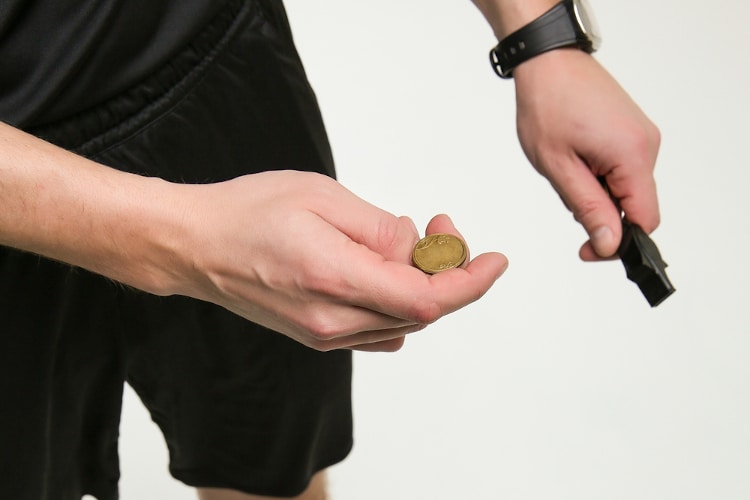
Photo: [email protected]/Depositphotos
h/t: [IFL Science]
Related Articles:
Man Finds Buried Hoard of 700 Civil War-Era Gold and Silver Coins On His Farm
Dutch Metal Detectorist Discovers a Medieval Hoard of Gold Jewelry and Silver Coins
Scientists Think Some Asteroids May Contain Elements Unheard of on Earth
Watch Two Scientists React to Getting the First Ever Footage of an Extremely Rare Bird











































































